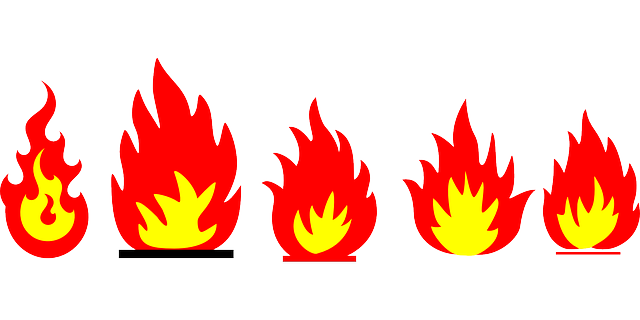
Before we get into the ups and downs of infrared heaters, it is important to first learn what infrared heat really is. Simply imagine the heat you experience when under the sun. It is a combination of ultraviolet rays and infrared rays The infrared generally warms the environment, while the ultraviolet is more damaging to the skin. You can feel infrared heat, but you cannot see it in this section of the electromagnetic radiation spectrum. It sits between 0.78 and 2.5 micrometres wavelength, which is beyond the spectrum of which the human eye can see.
Infrared heaters function by converting energy into heat. The infrared radiation travels in a straight line and does not get absorbed in the air. As such, it heats the objects it comes across, making infrared heaters ideal for direct heat. That being said, let us take a look at the ups and downs of these heaters.
The Pros:
(i) Immediate Heat
An infrared heater warms the area in front basically instantly, delivering the heat in as little as half a minute. The air in front of the device is heated rapidly, as the energy is instantly transformed into heat particles. On the contrary, heaters that utilize convection take longer to heat a room, as they utilize the cooler, surrounding air.
(ii) Health Benefits
Many may not agree with this point as infrared heaters come with safety issues. However, given the air surrounding does not move, the heater can actually be beneficial for your health. There are no changes to the humidity levels compared to fan heaters and air systems. As such, you won’t have to install a humidifier to restore the moisture balance in the air.
(ii) Quiet & Efficient
Similar to an electric radiator, an infrared heater is not only quiet but quite efficient when it comes to energy consumption. This makes the infrared heater especially ideal for bedrooms. The conventional gas radiators can be especially noisy, with the sound of the radiator heating up, clicking of the pipes as well as water movement. Fan heaters can also be noisy, and therefore, not particularly great for spaces where you need silence.
The Cons:
(i) Safety Issues
As mentioned earlier, infrared radiation travels in a straight direction. This makes infrared heaters ideal for direct, targeted heat. Unfortunately, the heating elements can become extremely hot, making it important to keep the space around the heater free from items. Also, the fact they get extremely hot makes them a potential hazard for both kids and pets. As such, it is important to think about where you need to use the infrared heater and if it is an ideal solution for you and your loved ones. As a side point, you may want to have a look at ‘replace gas boiler with electric‘.
(ii) Isolated Heating
An infrared heater is great for providing zonal heat, but this is also one of the primary downsides of this device. An infrared heater isn’t particularly great for heating large spaces as the heat is direct and heats the surrounding objects instead of the air in-between. This also means you need to be relatively close to the heater in order to experience the benefits. On the contrary, convection heaters like electric radiators heat the surrounding air, which in turn warms your living space. As a result, it is easier to maintain the desired ambient temperature.
(iii) Potential Health Concerns
While it is true that ultraviolet rays are the most damaging to the long-term health of the human body, exposure to infrared radiation can ideally be damaging to the skin and eyes. However, this is often experienced with high levels of exposure, which is rarely the case with home infrared heaters. Even so, it is something to keep in mind. If you stay too close to the heater, there are chances of experiencing blotchy skin and cell damage.
Also, if you overheat, you sweat and while this is not an issue with convection heaters, it is an apparent issue with the infrared types. Overheating and sweating can result in water loss and dehydration.